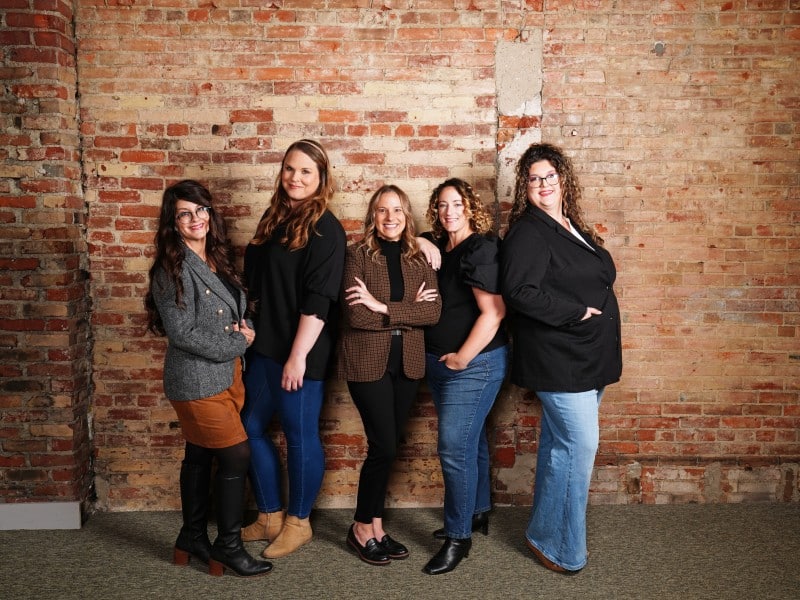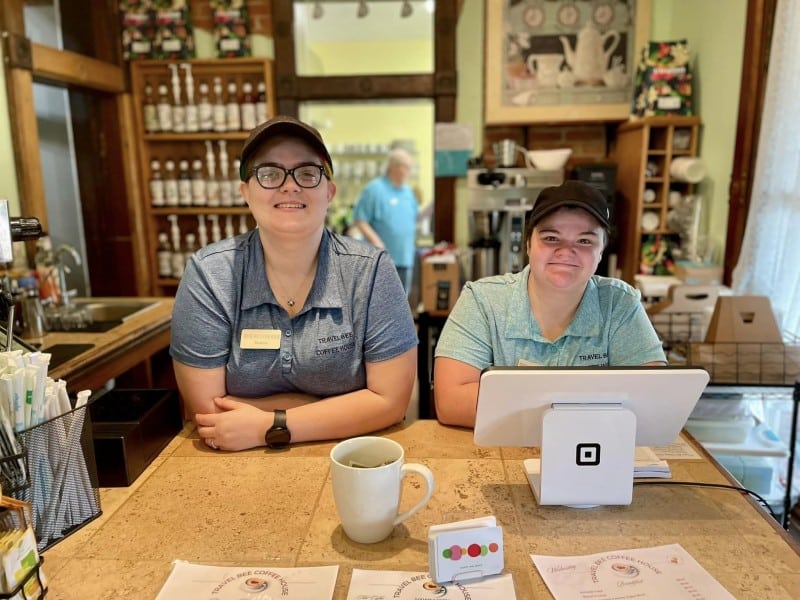What is the future of public transit in Fort Wayne? A passenger rail advocate weighs in
Megan Butler shares a collaborative approach to what she calls "human-focused infrastructure."
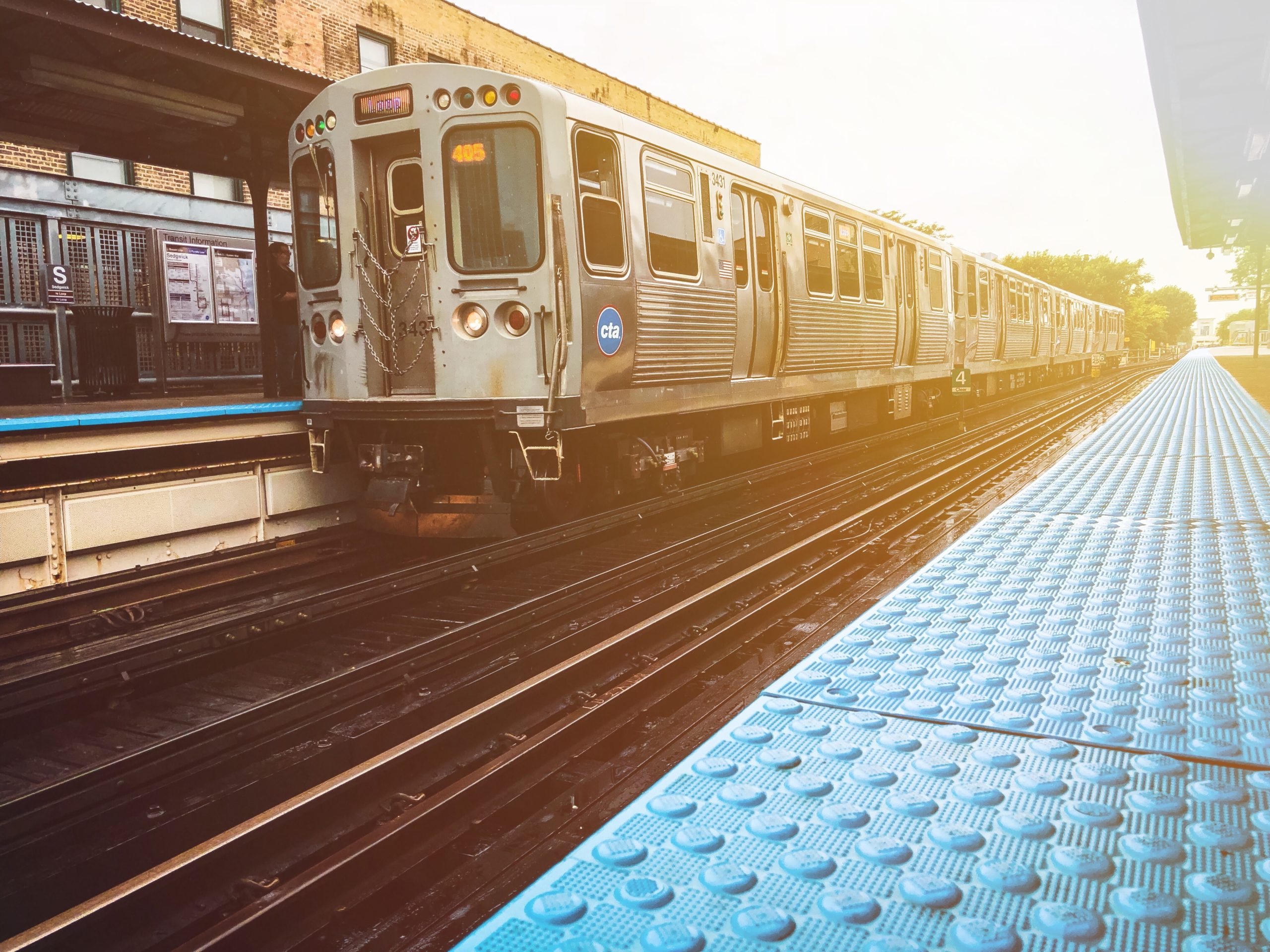
Fort Wayne has received national attention recently, thanks in no small part to projects like Electric Works and riverfront development. The city is growing in both population and footprint; yet its public transportation options have remained stagnant for some time.
While limited bus lines and a growing network of regional trails and bike lanes service areas across the region, public transit advocates are pushing for greater reforms, like bringing back streetcars and passenger rail service.
In October, plans for a long-proposed Amtrak route from Chicago to Columbus through Fort Wayne made headlines in a bid for federal funding.
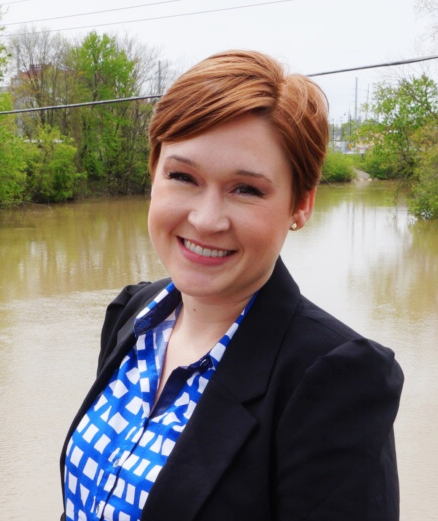
The project, which is projected to cost between $898 million to $1.2 billion, is seeking 80 percent of its funds from the Federal Railroad Administration, with the rest to be made up by state and local governments, as well as businesses that would benefit from the service, the Times of Northwest Indiana reports.
In Fort Wayne, support for the project is particularly strong, fueled by the Northern Indiana Passenger Rail Association (NIPRA), which has been championing a return to passenger rail service for several years.
Input Fort Wayne sat down with Megan Butler, a NIRPA board member and an advocate for passenger rail service in northeast Indiana, to hear her take on the city’s public transit system and its future.
IFW: In addition to being on the board for NIRPA, you’re also the Program & Events Manager for Riverfront Fort Wayne. Tell us a little bit about your background and career trajectory.
MB: I have had a wild ride so far in my career. I’ve done everything from hazardous waste removal to tourism (work). The past six years, my career has focused on community engagement and placemaking. I love working for local government because I get to be on the ground level of helping people in our community. In this position, particularly, (working for Riverfront Fort Wayne) I’m able to create avenues through which citizens learn how to love their city.
IFW: How and when did you first get interested in public transit, and specifically, the possibility of bringing passenger rail service back to Fort Wayne?
MB: I lived in Boston for a time and fell in love with mass public transportation there. I never owned or used a car there. When I moved back to Fort Wayne, I worked at Visit Fort Wayne, and by chance, met Rich Davis, who was working for the Northern Indiana Passenger Rail Association. I was so excited to learn about the initiative and told him I’d help however I could. That led to testifying at City Council in favor of Northern Indiana Passenger Rail (NIPRA) and eventually to my current board position.
By no means do I believe we have a bad public transit system for a city our size in Fort Wayne. However, as the world evolves environmentally, and as our communities evolve demographically and culturally, I believe all roads lead to a more robust public transportation system.
We need people to be more connected to each other—to believe all of us here are part of the same “Fort Wayne team,” so to speak. I strongly believe we need a multi-pronged approach to improving our current transportation system with more options for rail, buses, cars, biking, and walking.
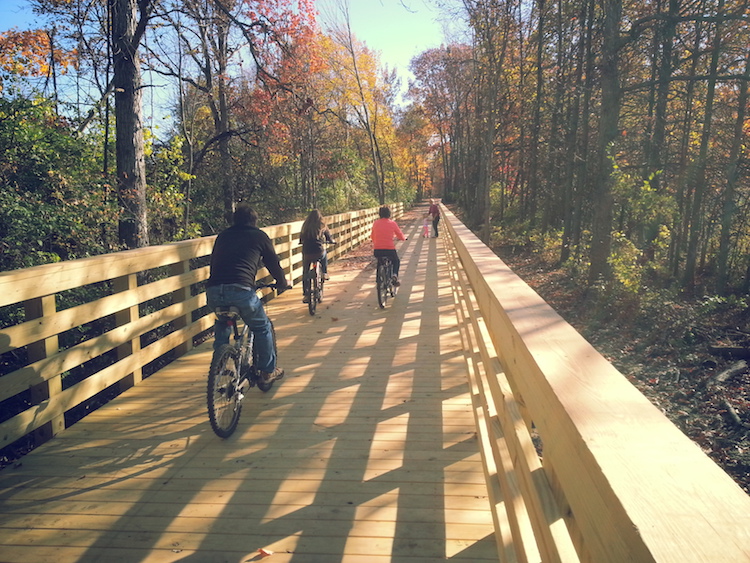
IFW: How might passenger rail service help Fort Wayne and its surrounding cities?
MB: Right now, by not having convenient mass transit options available, we’re forcing people to choose between Fort Wayne and other cities in the area. Whereas, if we had passenger rail, people wouldn’t have to choose. The transit route we are proposing would go through Warsaw. That was a really mindful decision (on our part.) We have people living in Warsaw who want to work in Fort Wayne.
The same could apply to Chicago and Fort Wayne. You could live in Fort Wayne and easily access all of the amenities of Chicago, for example. And, vice versa. As workplace culture changes, there are more opportunities for people to work a Chicago job, but live in Fort Wayne. So, the combination of telecommuting with the possibility of high-speed rail would be a boon for both cities.
Also, from a cultural standpoint, our community is trying to become more connected to other cities, not just in the Midwest, but nationally. For example, Artlink’s 212 (incubator program) connects artists in Fort Wayne with ones in San Francisco. We’re getting out of the mindset that we’re just here (and isolated), by ourselves. The possibility of passenger rail service returning underscores that change in mindset.
IFW: What have you learned from studying other cities where public transit is robust?
MB: We look at larger cities like Chicago, and I have a strong personal tie to Boston.
The main difference, I believe, is in the approach to transit itself. Whereas some communities strive for a human-focused infrastructure, Fort Wayne oftentimes still has a car-focused infrastructure in mind when we’re planning for the future. I think we’re evolving, but we’re still living with some of the decisions that were made 40 or 50 years ago.
For example, when the interstate highway system was developed, it was a clear statement about where we were going as a country. That was saying we were prioritizing cars as a form of transportation.
We need to encourage and accommodate other forms of transportation. The City of Fort Wayne has invested in bike paths and sidewalk projects to encourage biking and walkability. Not long ago, people would walk along Bluffton Road, and it wasn’t safe. Now it is safe because there are dedicated places for pedestrians to walk. The city wants to make (walking) a safe form of transportation, and that’s reflected in its plans.
IFW: What is the next step for bringing passenger rail service back to Fort Wayne, and where can people go if they want to learn more?
MB: Right now, we’re going through the study phase. In this context, it calls for (looking into) what we have to do apply for federal funding. We have to get a proposal in place (to make our case). We have to show that we’ve thought about it, and we have support. We have to be able to show evidence that we can pull it off. It’s really important to remember that, just because we’re proposing something now, that doesn’t mean it won’t shake out into something different.
In the meantime, we’ve had public information sessions at libraries (in the region), and people are generally excited (about the possibility of bringing passenger rail back to northeast Indiana). Check out our website for all kinds of information, including the slides we presented at these informational sessions.
For more information and updates on passenger rail service in northeast Indiana, follow NIPRA on Facebook.


